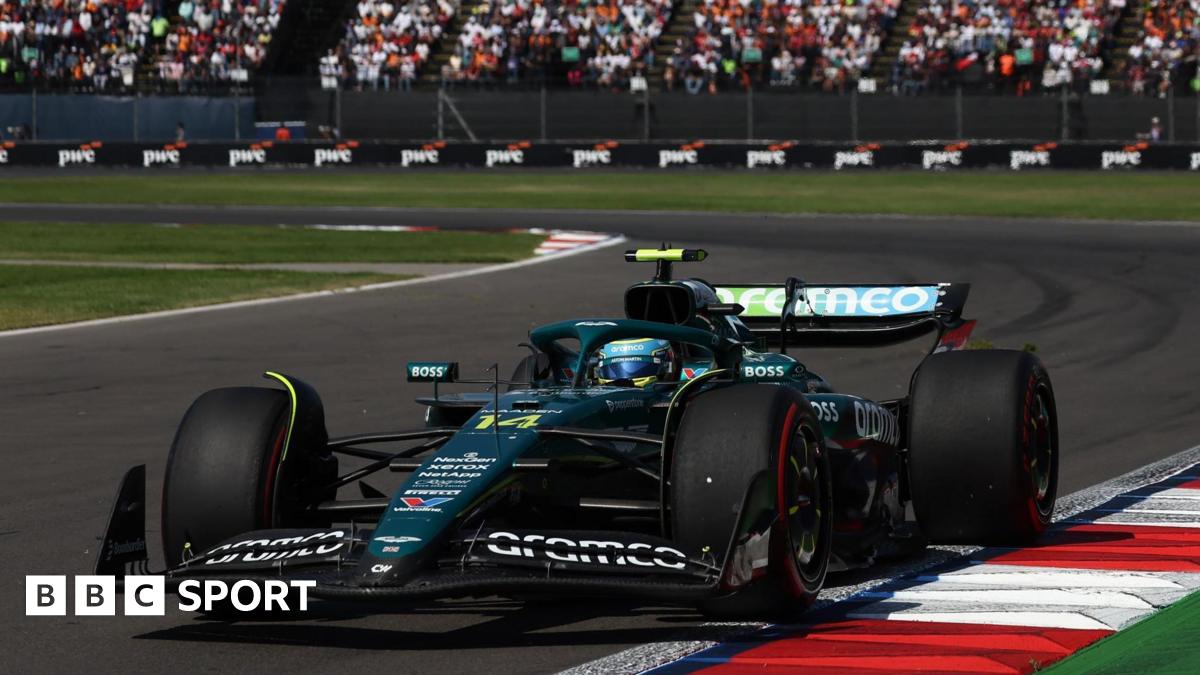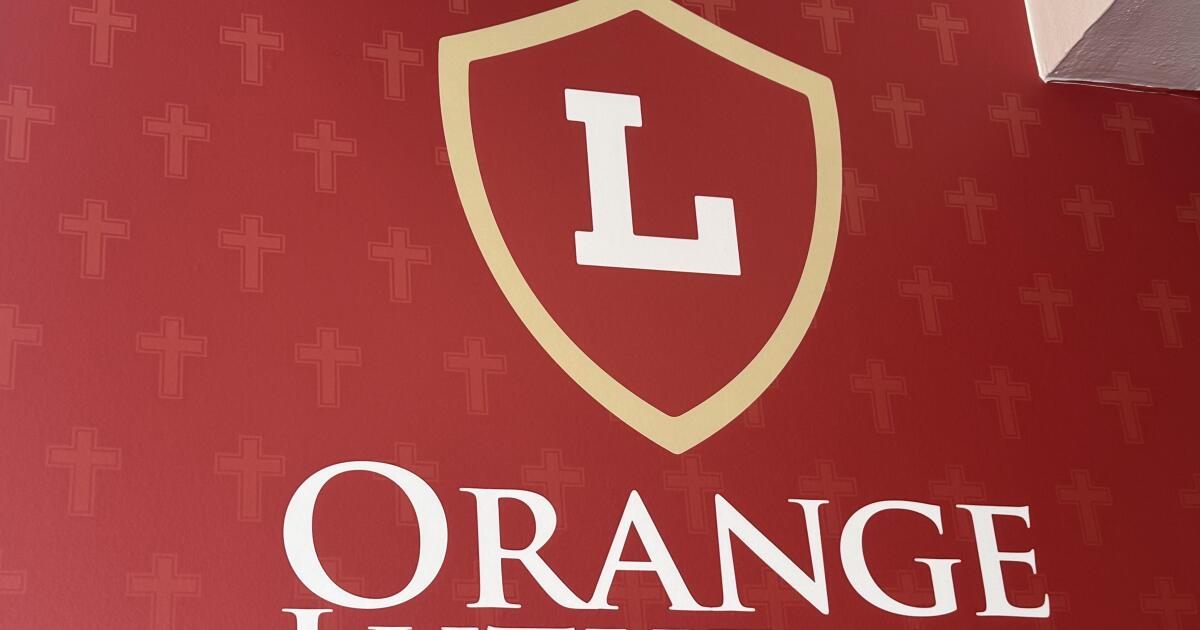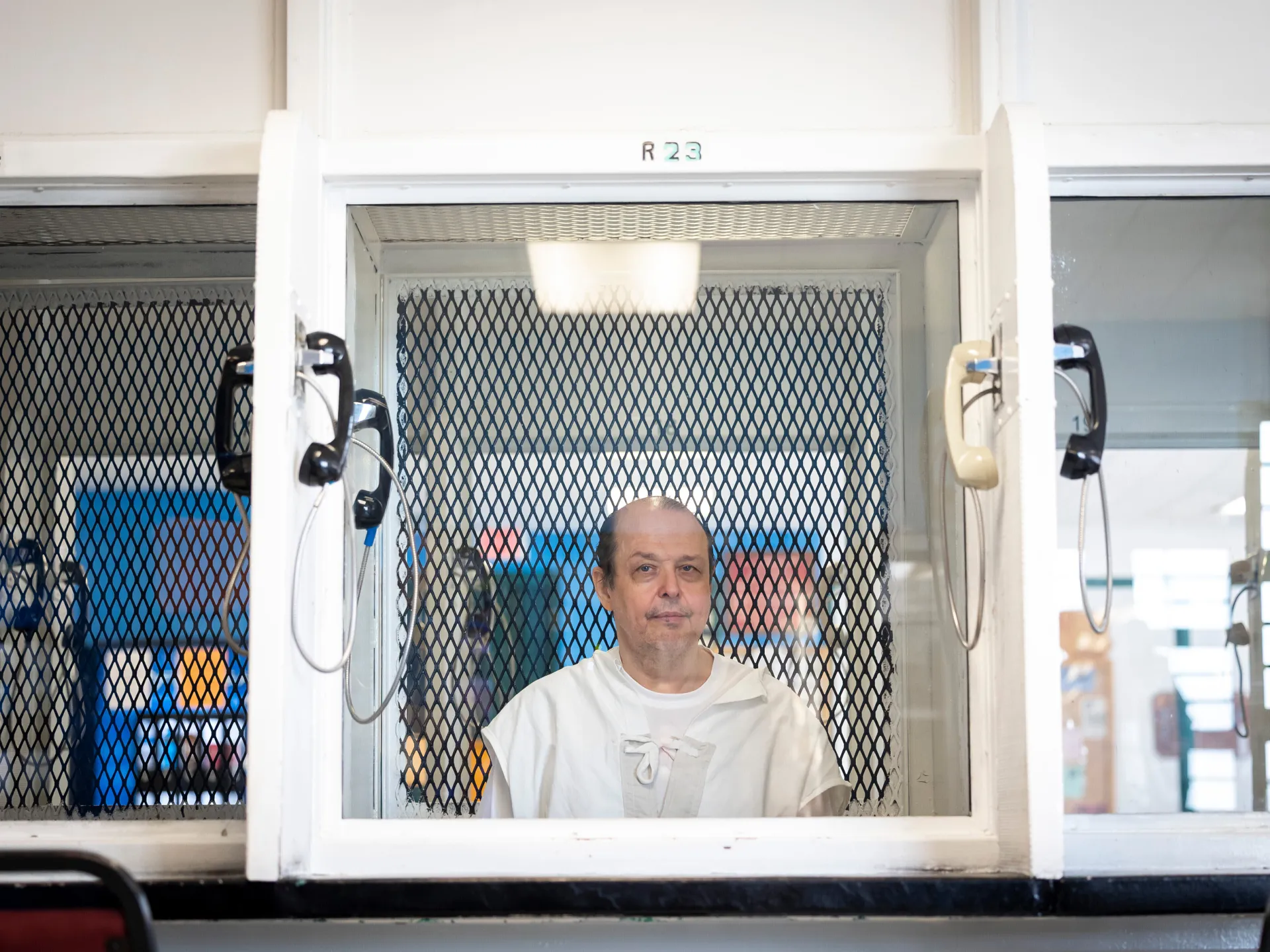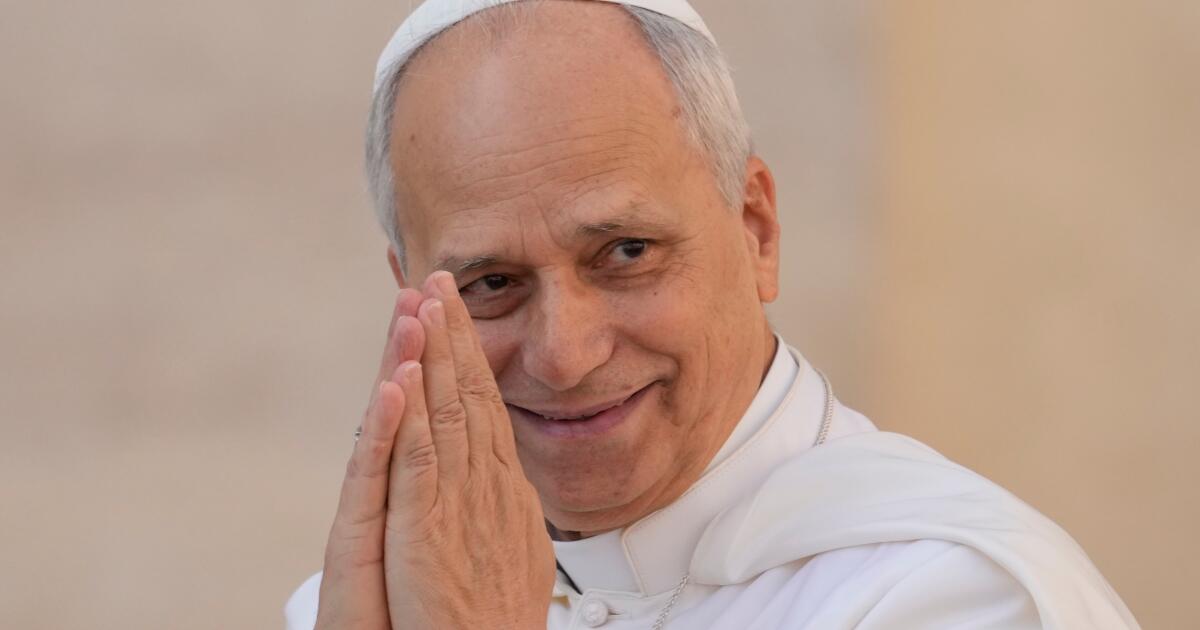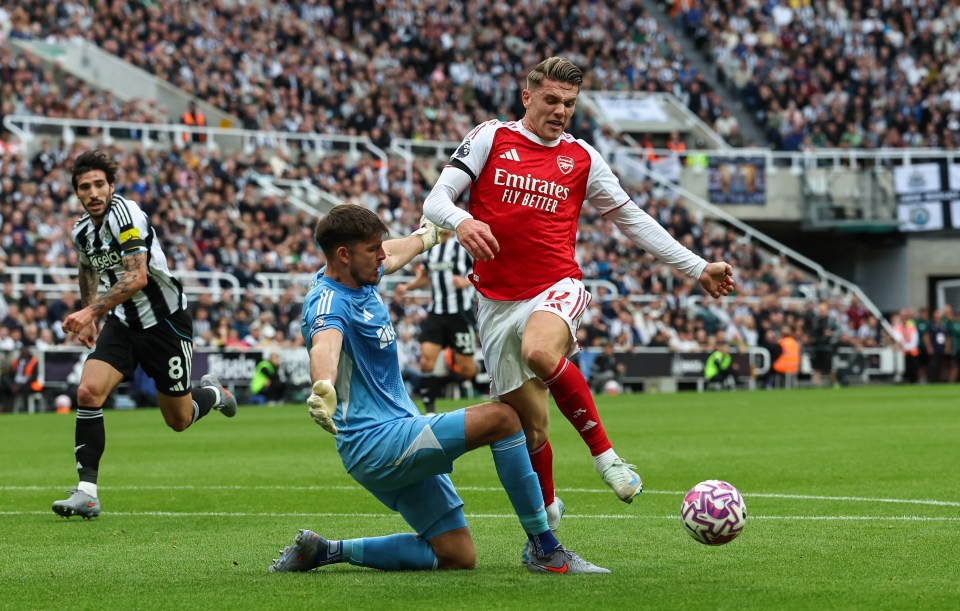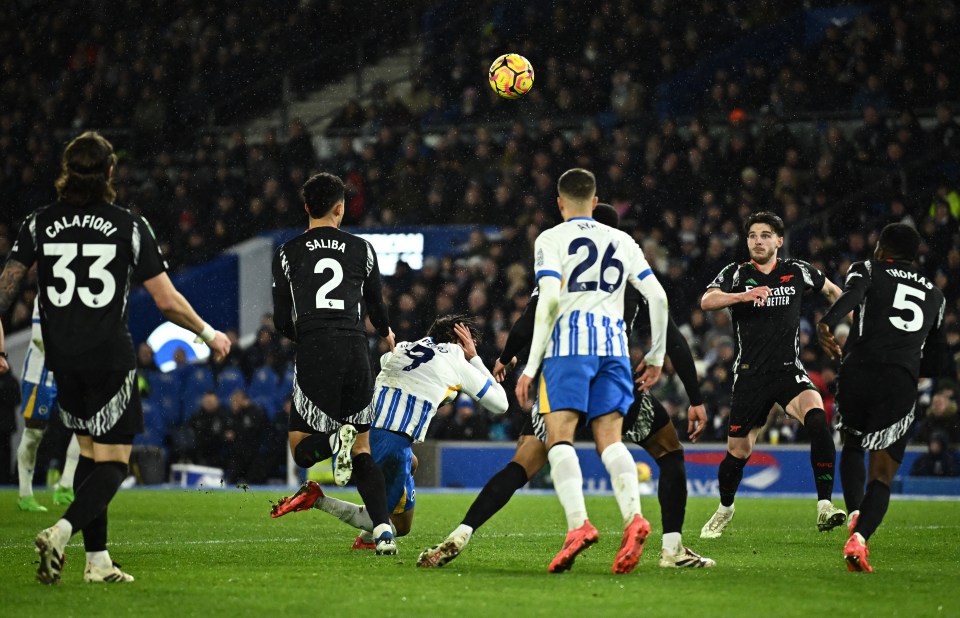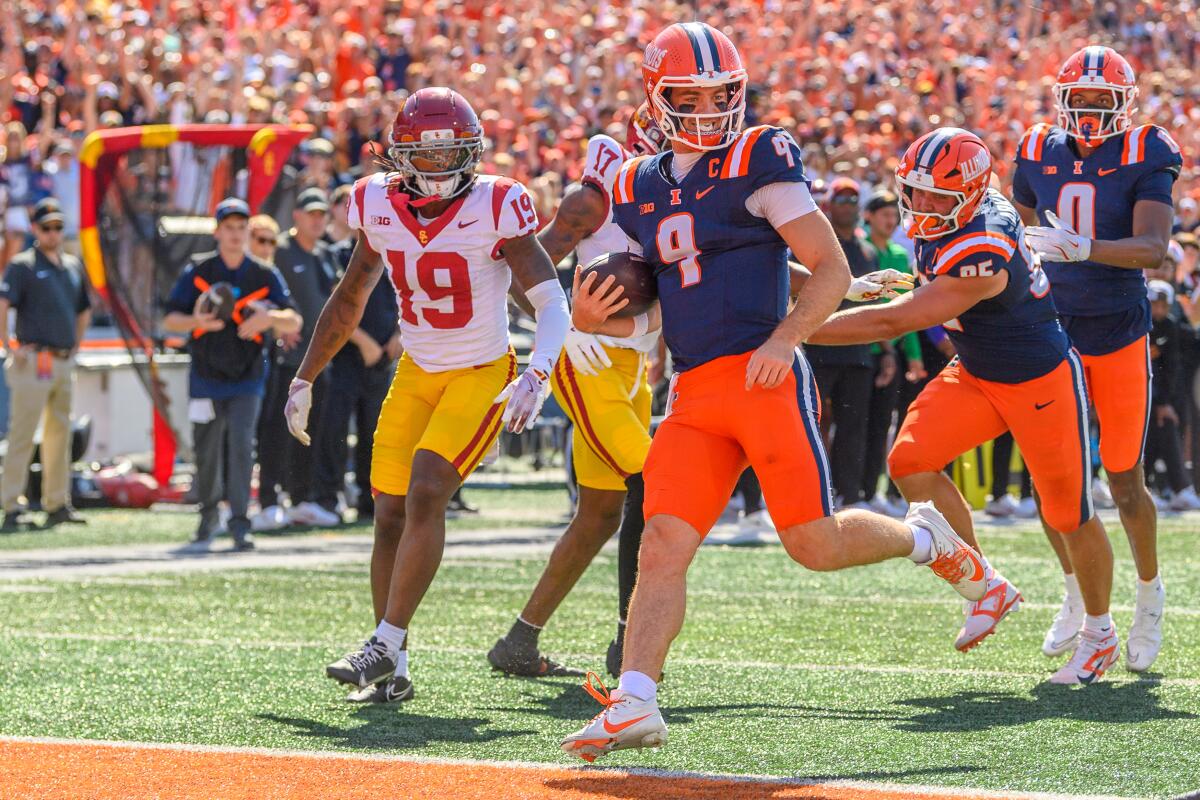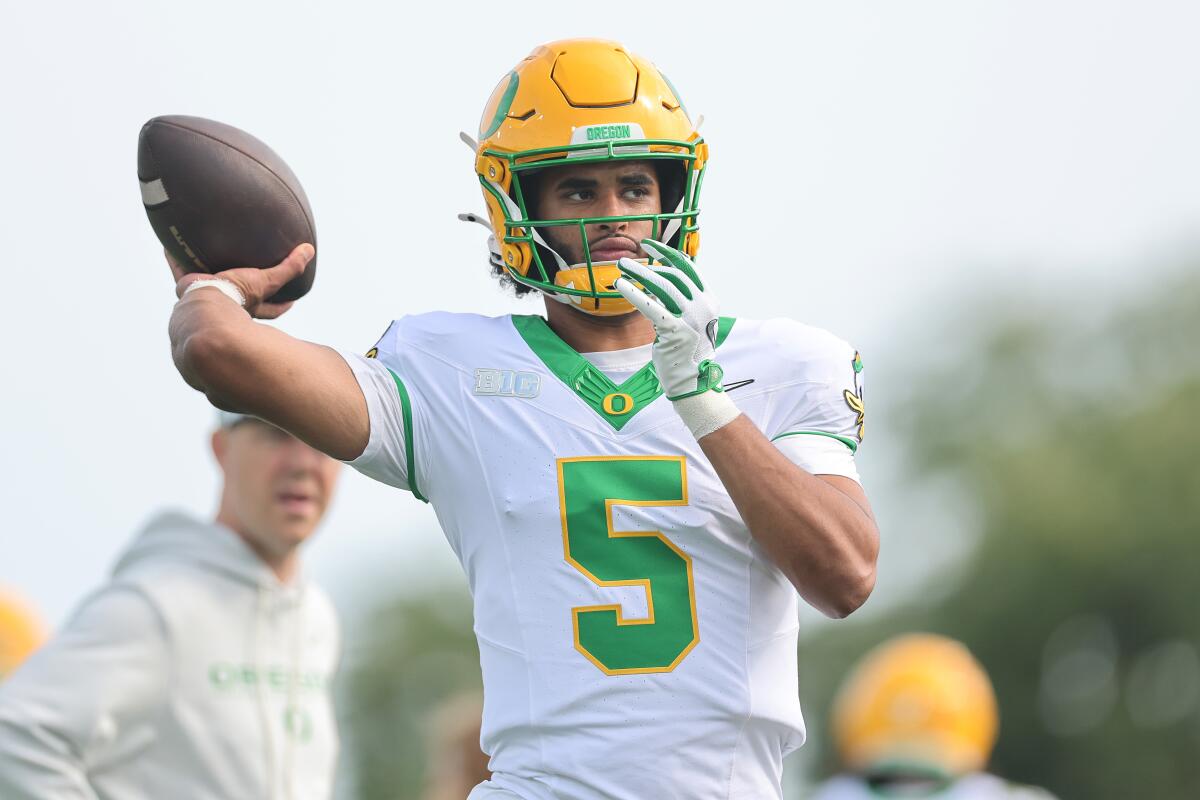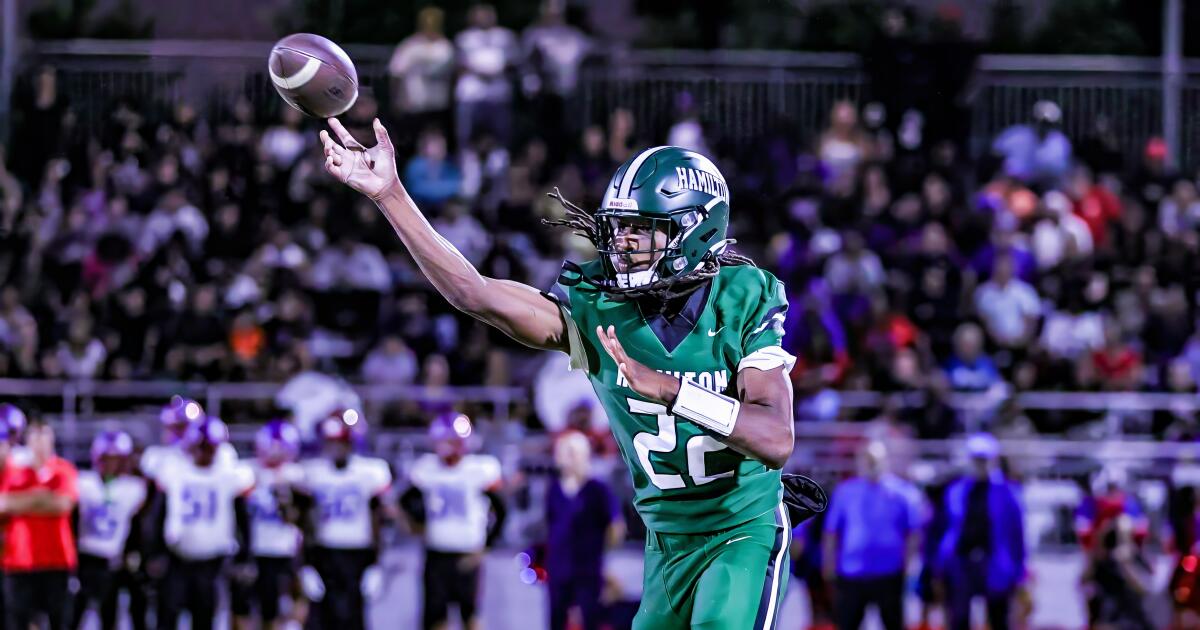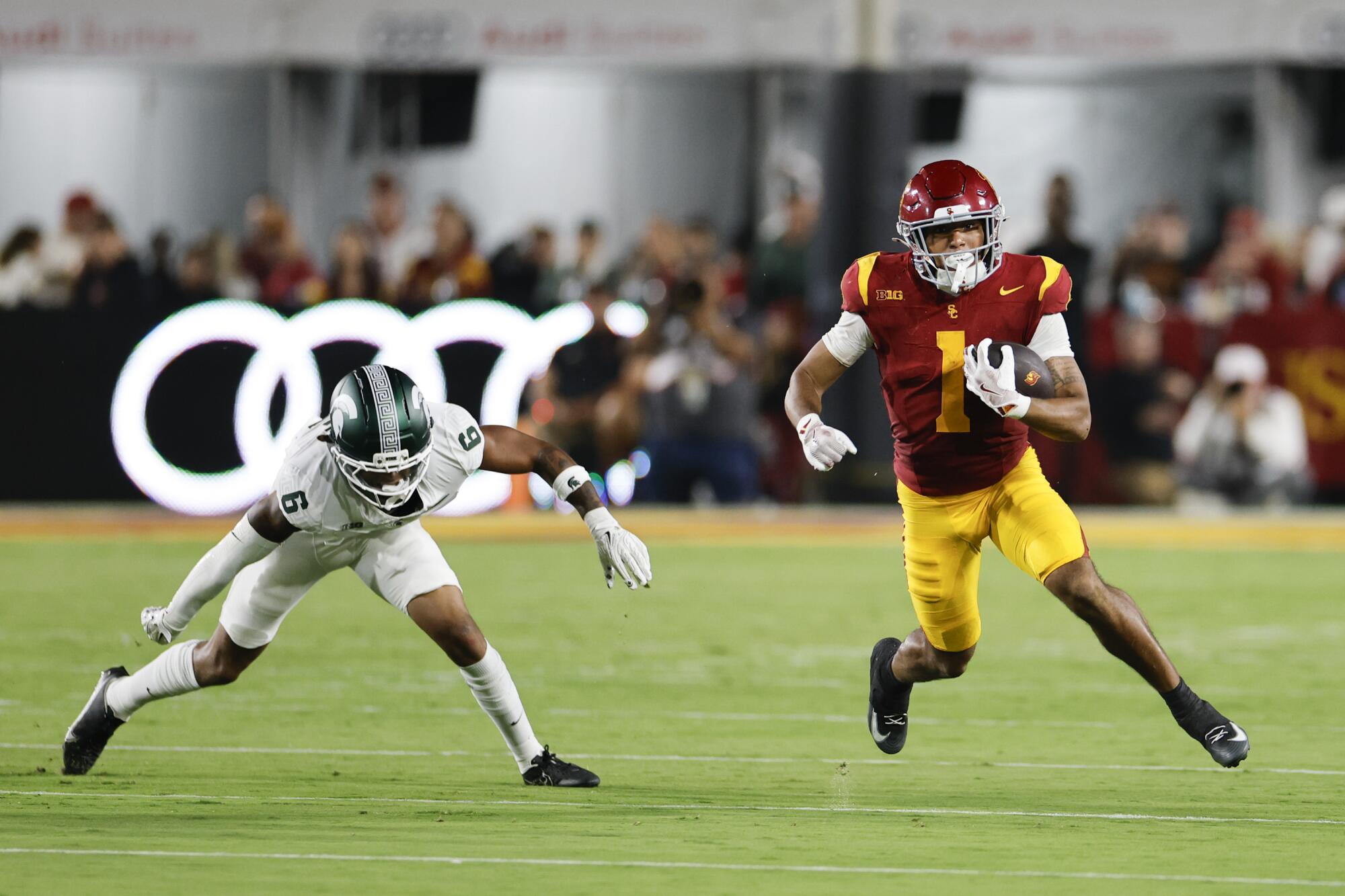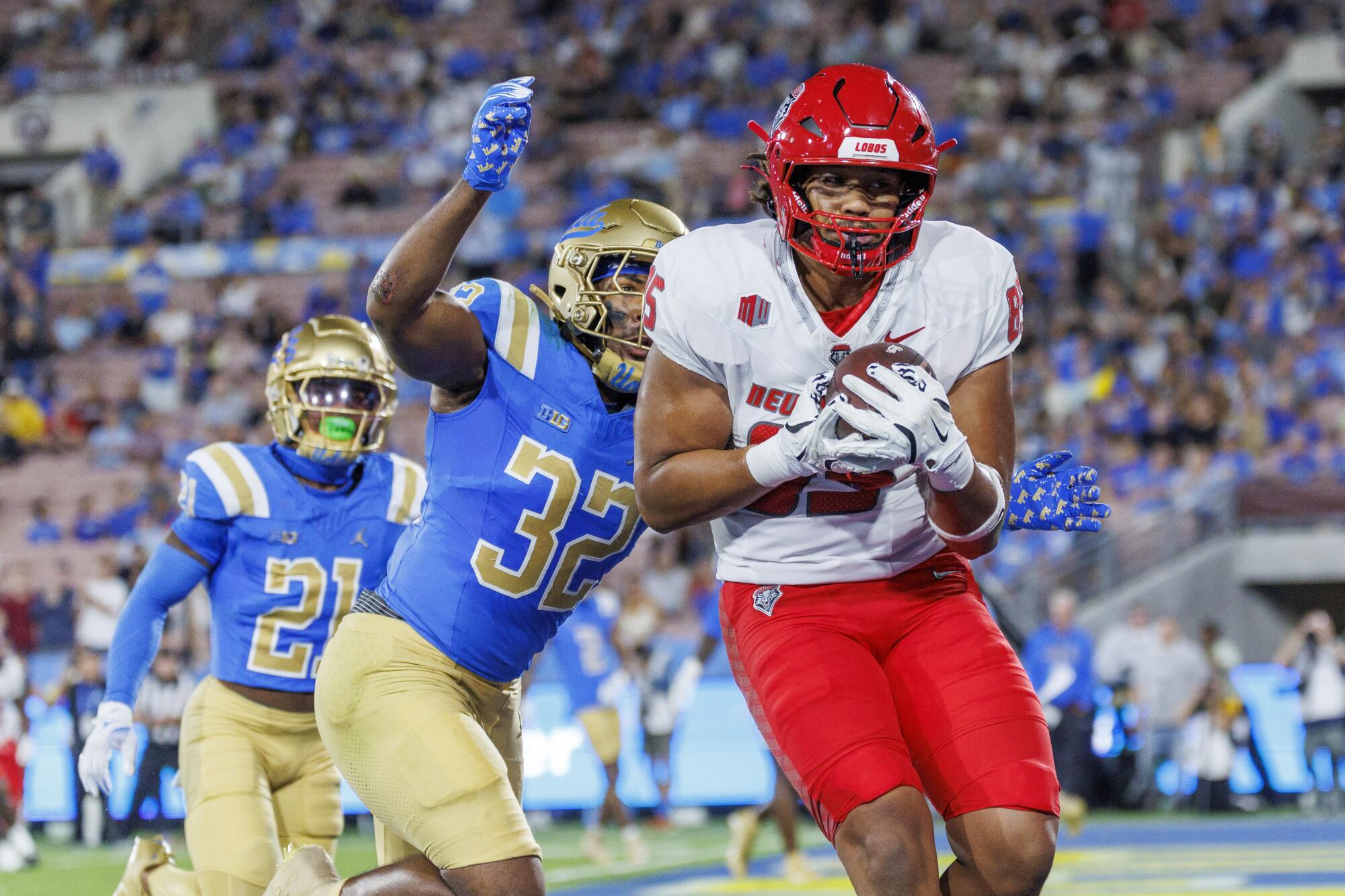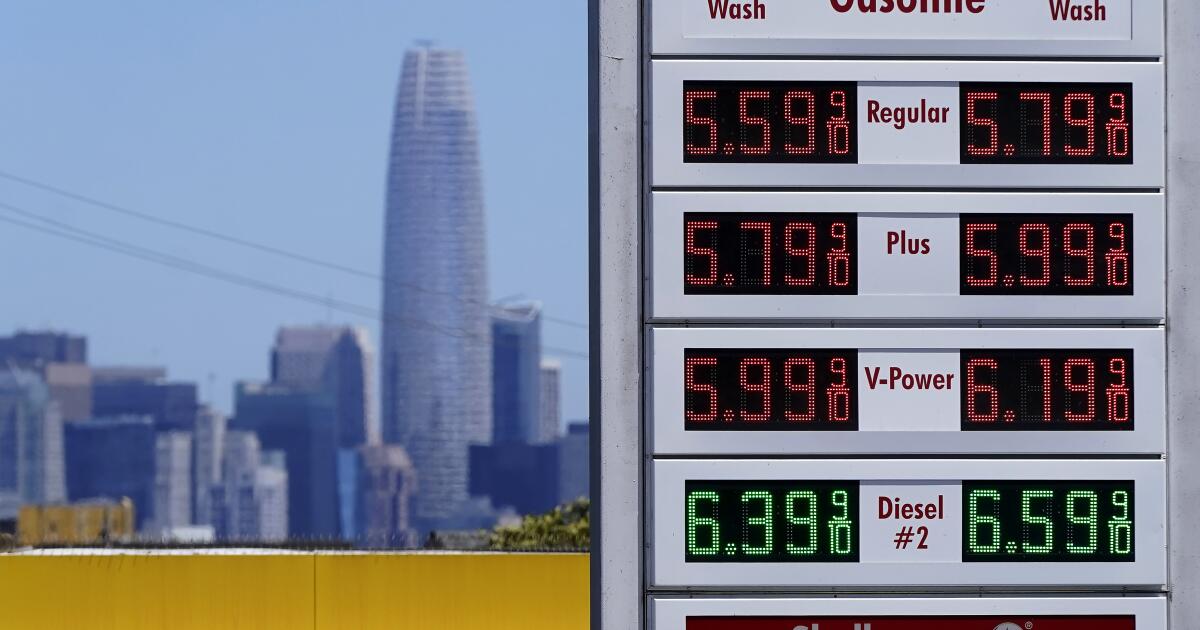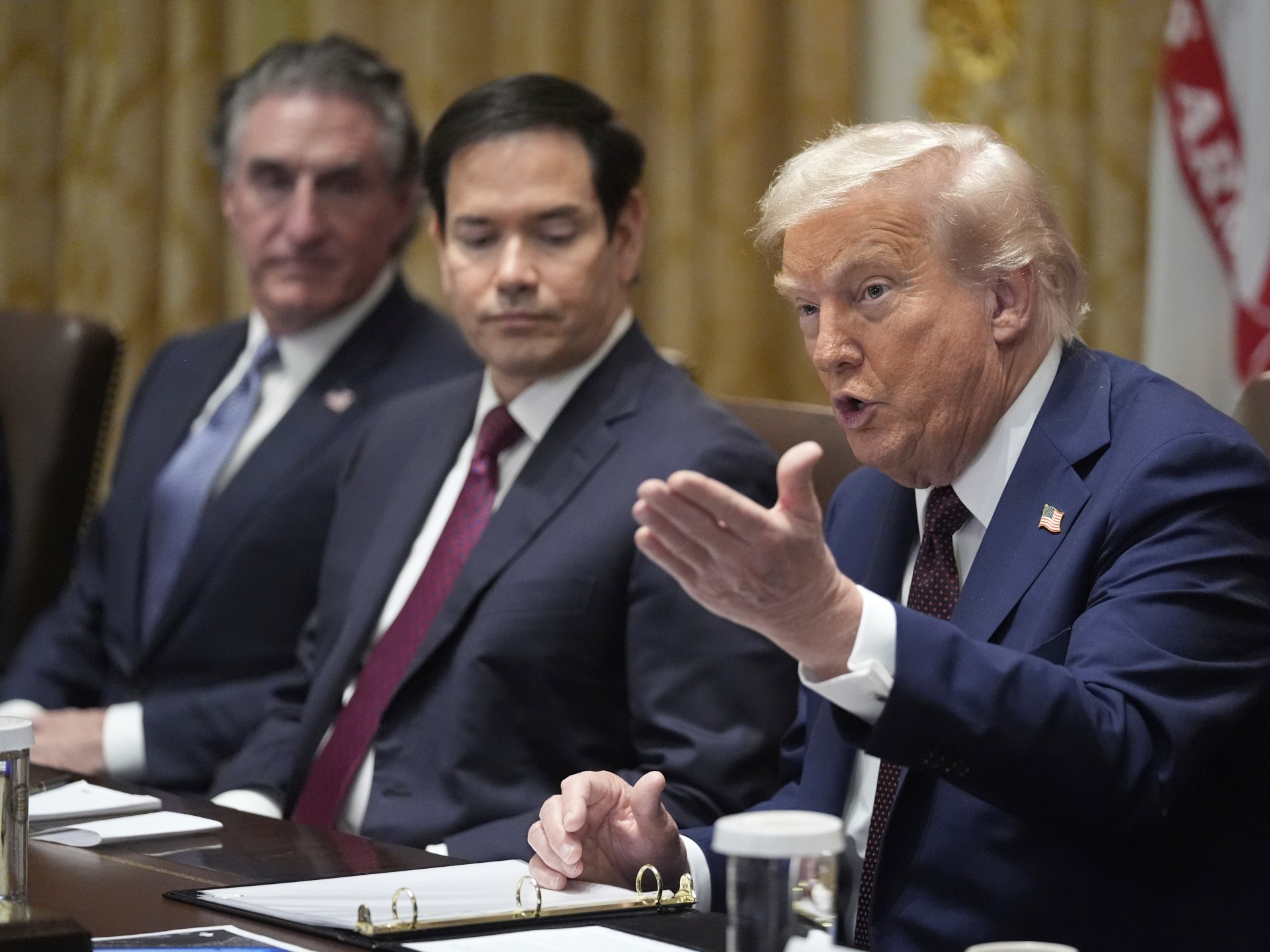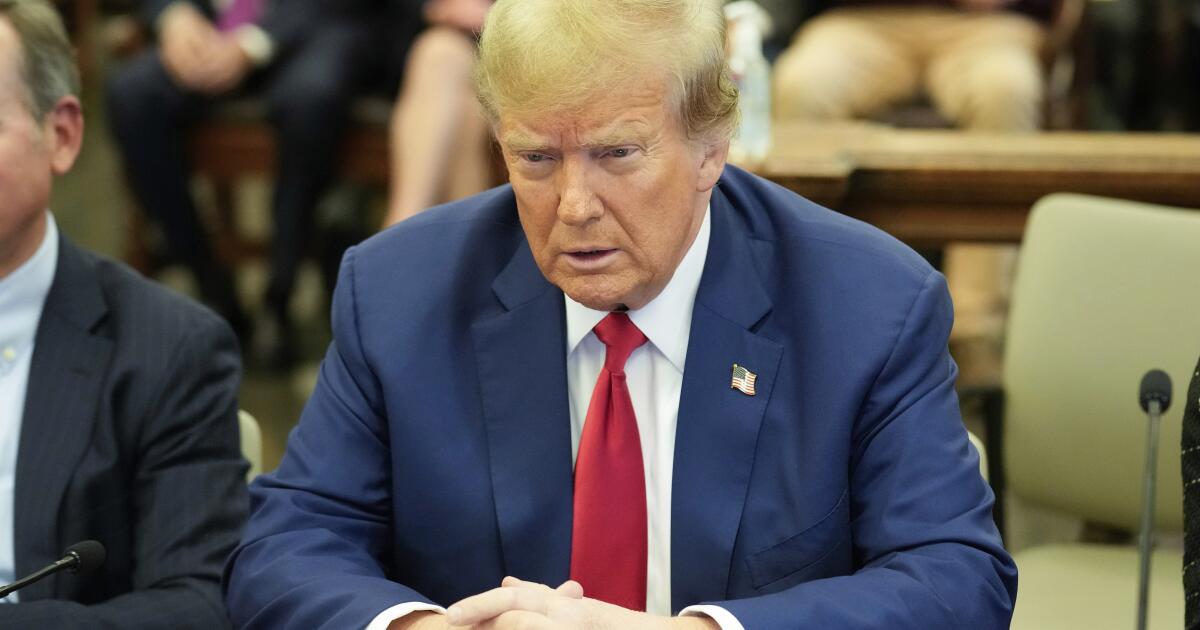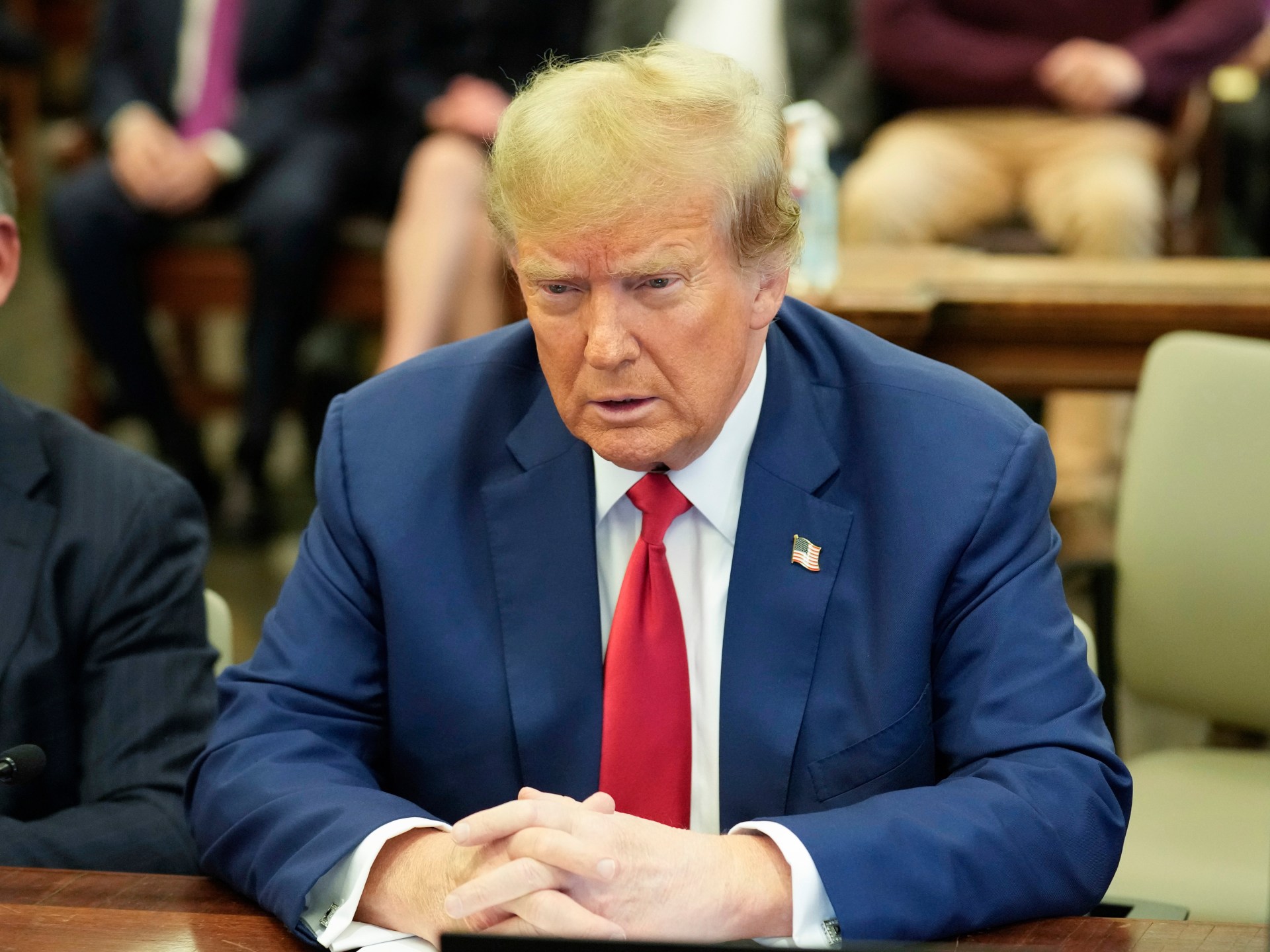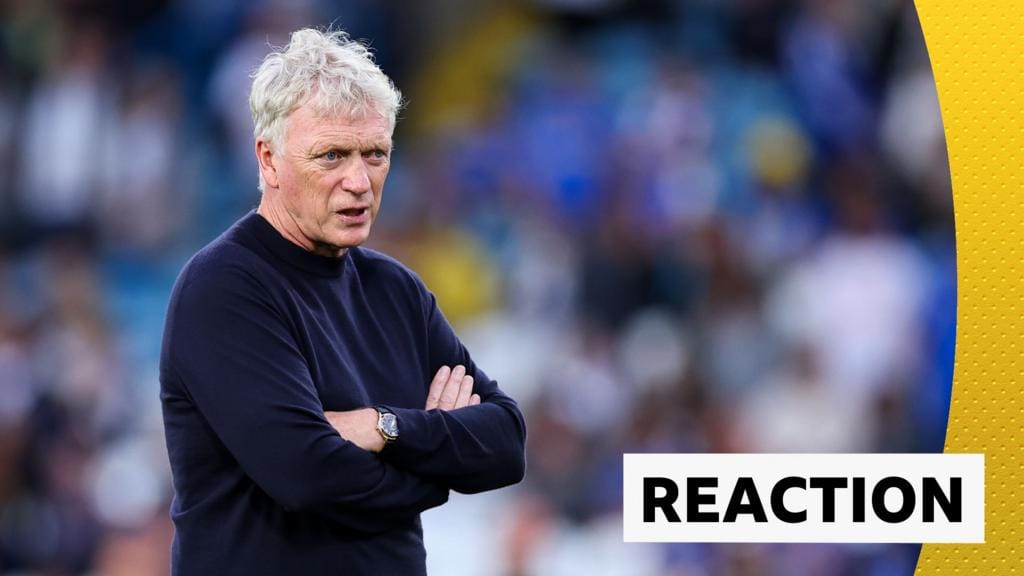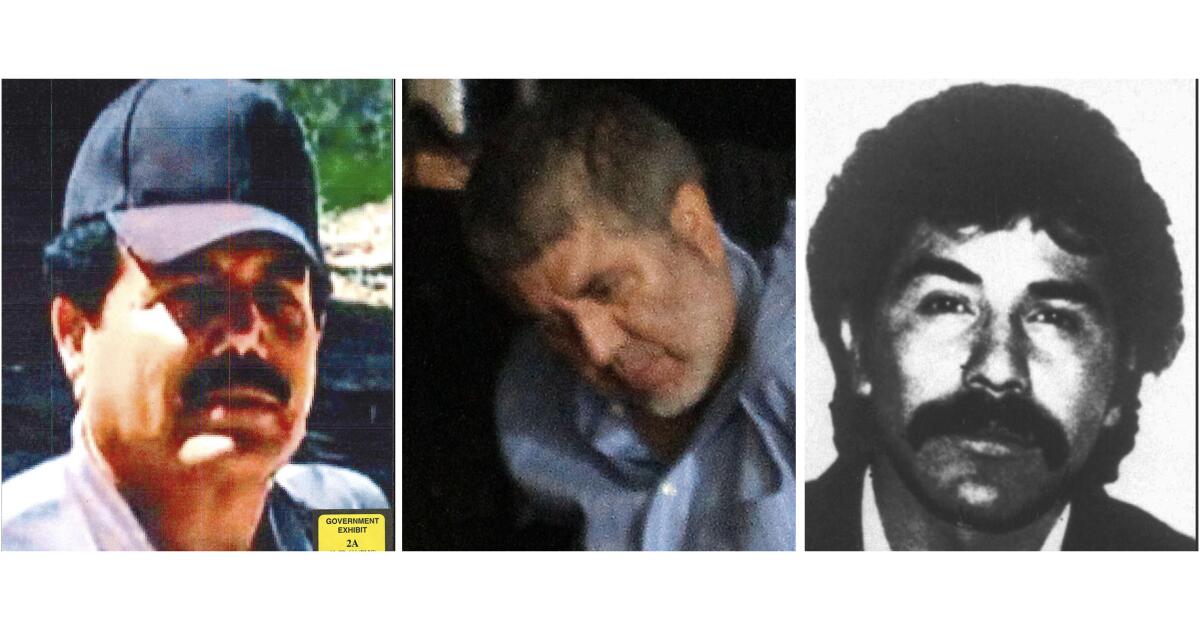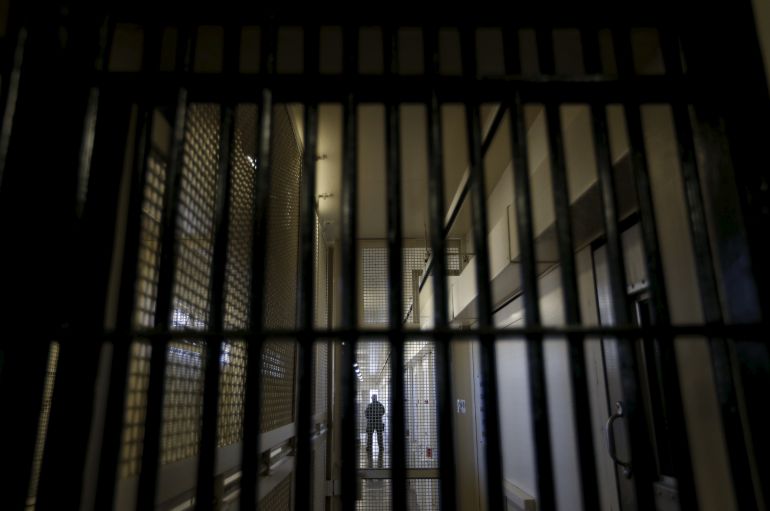United States President Donald Trump has announced his government will seek the death penalty in every murder case that unfolds in Washington, DC, as part of his crackdown on crime in the country’s capital.
Trump made the announcement in the midst of a Labor Day-themed meeting of his cabinet on Tuesday as he discussed a range of issues, from weapons sales to the rising cost of living.
“Anybody murders something in the capital: capital punishment. Capital capital punishment,” Trump said, seeming to relish the wordplay.
“If somebody kills somebody in the capital, Washington, DC, we’re going to be seeking the death penalty. And that’s a very strong preventative, and everybody that’s heard it agrees with it.”
Trump then acknowledged that the policy would likely be controversial, but he pledged to forge onwards.
“I don’t know if we’re ready for it in this country, but we have no choice,” Trump said. “States are gonna have to make their own decision.”
Federal prosecutions in DC
Washington, DC, occupies a unique position in the US. The US Constitution defined the capital as a federal district as opposed to a state or a city within a surrounding state.
Elsewhere in the country, most murder cases are prosecuted by state or local authorities unless they rise to the level of a federal crime.
But in Washington, DC, the US Attorney’s Office – a federal prosecutor’s office under the Department of Justice – prosecutes nearly all violent crimes.
The administration of former President Joe Biden had backed away from the death penalty. Under the Democrat’s leadership, the Justice Department ordered a moratorium that paused capital punishment as it reviewed its policies.
Biden himself campaigned on the promise that he would “eliminate the death penalty”, arguing that more than 160 people who were executed from 1973 to 2020 were later exonerated.
“Because we cannot ensure we get death penalty cases right every time, Biden will work to pass legislation to eliminate the death penalty at the federal level and incentivize states to follow the federal government’s example,” Biden’s team wrote on his 2020 campaign website.
While Biden ultimately did not eliminate the federal death penalty, in one of his final acts as president, he commuted the sentences of 37 of the 40 people on federal death row.
In a statement in December, he anticipated that a second Trump administration would pursue the death penalty for federal cases.
“In good conscience, I cannot stand back and let a new administration resume executions that I halted,” Biden wrote.
A reversal of policy
But when Trump took office for a second term on January 20, one of his first executive orders was to “restore” the death penalty.
“Capital punishment is an essential tool for deterring and punishing those who would commit the most heinous crimes and acts of lethal violence against American citizens,” Trump wrote in the order.
“Our Founders knew well that only capital punishment can bring justice and restore order in response to such evil.”
The Republican leader had campaigned for re-election on a platform that promised a crackdown on crime and immigration, sometimes conflating the two despite evidence that undocumented people commit fewer crimes than US-born citizens.
In the days leading up to his inauguration, Trump doubled down on that pledge, denouncing Biden for his decision to commute the majority of incarcerated people on federal death row.
“As soon as I am inaugurated, I will direct the Justice Department to vigorously pursue the death penalty to protect American families and children from violent rapists, murderers, and monsters,” Trump wrote on his platform Truth Social. “We will be a Nation of Law and Order again!”
Trump has repeatedly pushed for the increased use of the death penalty in the seven months since, including during an address to a joint session of Congress in March.
In that speech, he called on Congress to pass a law to make the death penalty a mandatory sentence for the murder of a law enforcement officer in the US.
During his first term, from 2017 to 2021, Trump gained a reputation for accelerating the use of capital punishment on the federal level.
While federal executions are rare, the first Trump administration conducted 13 of the 16 executions that have taken place since 1976, the year the Supreme Court reinstated the death penalty.
The only other president to carry out capital punishment during that time was a fellow Republican, George W Bush. His administration oversaw three federal executions.
Critics fear a similar uptick in death penalty cases during Trump’s second term.
Public support for capital punishment has been steadily declining over the past decade, according to surveys. The research firm Gallup found that, as of 2024, a narrow majority of Americans – 53 percent – were in favour of the death penalty, down from 63 percent a decade earlier.
A DC crime crackdown?
Trump’s call to apply the death penalty to all murder cases in Washington, DC, coincides with his controversial push to crack down on crime in the capital city.
That comes despite data from the Metropolitan Police Department that show violent crime in the capital hit a 30-year low in 2024, a statistic shared by the Justice Department in a statement in January.
Homicides, it added, were down by 32 percent over the previous year.
But Trump has maintained that crime fell only when he deployed more than 2,000 armed National Guard troops to patrol the city this month.
“Crime in DC was the worst ever in history. And now over the last 13 days, we’ve worked so hard and we’ve taken so many – and there are many left – but we’ve taken so many criminals. Over a thousand,” Trump said at Tuesday’s cabinet meeting.
He also claimed – without evidence – that the local government in Washington, DC, gave “false numbers” in its crime reporting.
“What they did is they issued numbers: ‘It’s the best in 30 years.’ Not the best. It’s the worst. It’s the worst,” Trump said. “And they gave phoney numbers.”
Just a day before, Trump signed an executive order to develop a new unit within the National Guard “to ensure public safety and order in the Nation’s capital”.
But under the Posse Comitatus Act of 1878, the federal government is largely prohibited from using military forces for domestic law enforcement except in cases of disasters or major public emergencies.
Trump has described crime in Washington, DC, as a national emergency although local leaders have disputed that assertion.
At several points during Tuesday’s cabinet meeting, he defended his strong-arm approach to law enforcement as necessary, even if it earns him criticisms for being a “dictator”.
“The line is that I’m a dictator, but I stop crime. So a lot of people say, ‘You know, if that’s the case, I’d rather have a dictator.’ But I’m not a dictator. I just know to stop crime,” Trump said.
